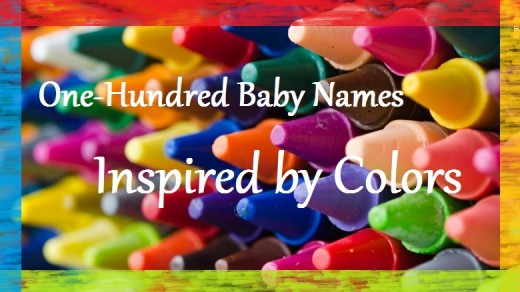
Use headlines that give context of what the main message is about, which also helps recipients quickly scan your email for the information most relevant to them. They are really important for screen reader accessibility, especially in long emails that contain a lot of information. Headings are meant to be scanned, both visually and with assistive technology. Try to avoid using saturated colours, and test your background colour against your copy using a colour contrast checking tool such as WebAIM. Using good colour contrast is helpful to everyone reading your email, and it’s especially useful to those who have low vision, colour blindness, are looking at a screen on a sunny day, or simply forgot their reading glasses. Use contrasting colours across your template Make your GIFs as accessible as possible by enabling smooth transitions between each frame, and make sure that your frames are animated at a slower rate. Make your GIFs a benefit to your email with smooth transitions and a slower pace.īackground images and GIFs aren’t fully supported in Outlook, so try to add the option for fallback static images to ensure messages don’t get lost. Enable smooth transitions between frames for GIFsĪ flashy GIF with fast-moving frames will not only annoy some of your readers, but it can actually trigger seizures in people who have photosensitivity, especially when frames are fast paced and flashy. Tip: If your image is important to your message, include meaningful alt text. Too many images can also increase the chance that your email gets flagged as spam. Avoid image-only emails which don’t scale well for different screen sizes, and will be mostly blank for those recipients who choose not to load images. Structure your emails in a logical way – with a good balance between imagery and copy.

Sparkbox diversity full#
Add padding around your copyĪdding space between modules will not only make the content easily readable, but will also help create a seamless flow of content without making the message look cluttered.Īdd padding around your modules so they don’t take up the full width of the email. Plain language is easy to understand and helps the reader understand what the message/what they need to do next. If you have large blocks of text, consider using bullet points to break down the copy and try to stick to plain language.

You can space copy out by inserting headlines that give context to what the main message is about. This will also make it easier for screen readers to read it correctly. If the email looks too cluttered, then try separating it into a few nicely-spaced paragraphs instead. Steer away from writing large paragraphs of text. If you choose to use a custom font, provide a fallback font with a similar X-height. Custom fonts don’t always display correctly so try using a web safe font if your brand allows. It’s also best to avoid custom fonts if you can. For example, how easy is it to tell the difference between the number one (1), capital “I”, and lower-case “L”? What about capital “O”s compared to zeros? There isn’t one font that experts agree is most accessible, but the fonts that are best are unambiguous and simple. So when choosing your email font, think about how legible it is on different screen sizes and devices. Try sticking to a font size of 14px or larger and think about line height so readers have enough space between lines to read clearly. If your reader has to zoom in, the copy can be cut off or lost, which can frustrate readers and can be quite damaging if your message gets lost.

It’s important to make sure that all text is large enough to be easy to read regardless of what device your subscribers use to open emails. The following will help you make positive changes to your emails: Stick to a 14px font or above That’s why accessibility considerations should be part of the entire email creation process, from start to finish. Emails should be easy to read and understand for everyone, regardless of disability. Our duty as email marketers is to give all subscribers a great email experience. In fact, if you’re not following email accessibility best practices, you could be excluding over 20% of your readers. That means a chunk of your subscribers could be struggling to view your emails and understand the message if you haven’t made your emails accessible. According to the World Health Organisation, at least 2.2 billion people globally have a near or distance-based vision impairment.


 0 kommentar(er)
0 kommentar(er)
